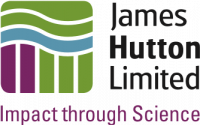Investment in New Equipment
James Hutton Limited has invested in several new analytical instruments to support our position as a partner laboratory in the newly launched Interreg ERDF project, Water Test Network. The additional instrumentation, all brand new, gives the analytical team at James Hutton Institute laboratories access to a further variety of techniques to fulfil the analytical requirements of clients in the water industry and in other industries too.
The new instrumentation includes;
The Perkin Elmer Avio 500 Inductively Coupled Plasma – Optical Emmission Spectrometer (ICP-OES)
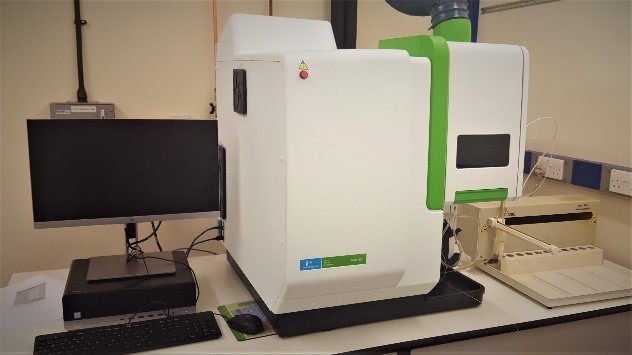 This instrument is used to analyse the levels of elements in water, from µg/l to percent. Typical uses of an ICP-OES are the analysis of alkali metals, alkaline earth metals, iron, manganese and aluminium or elements that are present in concentrations at greater than trace levels.
This instrument is used to analyse the levels of elements in water, from µg/l to percent. Typical uses of an ICP-OES are the analysis of alkali metals, alkaline earth metals, iron, manganese and aluminium or elements that are present in concentrations at greater than trace levels.
The Perkin Elmer Nexlon 2000c Inductively Coupled Plasma – Mass Spectrometer (ICP-MS)
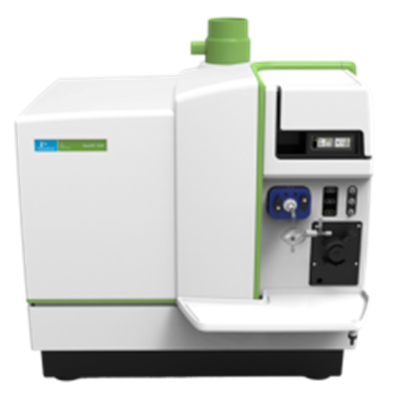 As the name suggests, the ICP-MS, has the same front end as the ICP-OES. The ICP end ionises argon gas, forming a plasma that is an extremely high energy source capable of ionising most of the elements in the periodic table.
As the name suggests, the ICP-MS, has the same front end as the ICP-OES. The ICP end ionises argon gas, forming a plasma that is an extremely high energy source capable of ionising most of the elements in the periodic table.
In the ICP-OES, the ionisied elements are measured in the form of light emission, each element emitting it’s own characteristic set of wavelengths of which the intensity is proportional to the concentration.
The ICP-MS however, uses the ion emission source to create a stream of ions that are measured by their mass/charge ratio in a mass spectrometer. This enables the instrument to measure trace elements in concentrations ranging from ng/l to mg/l. Using ICP-OES and ICP-MS we are able to analyse most of the elements in the period table for a wide range of concentrations in water samples.
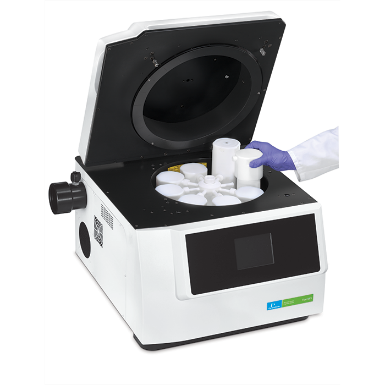 Perkin Elmer Titan Microwave Digestion System
Perkin Elmer Titan Microwave Digestion System
This instrument will allow us to comply with standard test methods (EEA/EPA) and convert recalcitrant samples, such as sludges into solutions.
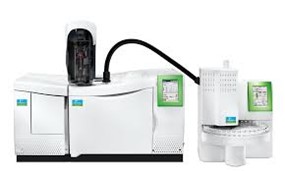 The Perkin Elmer Clarus 690 +SQ8T MS + Turbomatrix Headspace Analyser (GC-MS)
The Perkin Elmer Clarus 690 +SQ8T MS + Turbomatrix Headspace Analyser (GC-MS)
A GC-MS combines gas chromatography with mass spectrometry. The GC-MS coupled with a liquid autosampler and a headspace analyser is capable of analysing a wide suite of volatile and semi-volatile organic compounds. Gas chromatography separates organic compounds without decomposition by passing vaporised samples in an inert mobile phase over a stationary phase contained inside a column. The two phases interact causing different organic compounds to elute at different times from the column. This is then passed on to the Mass Spectrometer where the organic molecules are broken into characteristic ionised fragments and detected using their mass/charge ratio.
T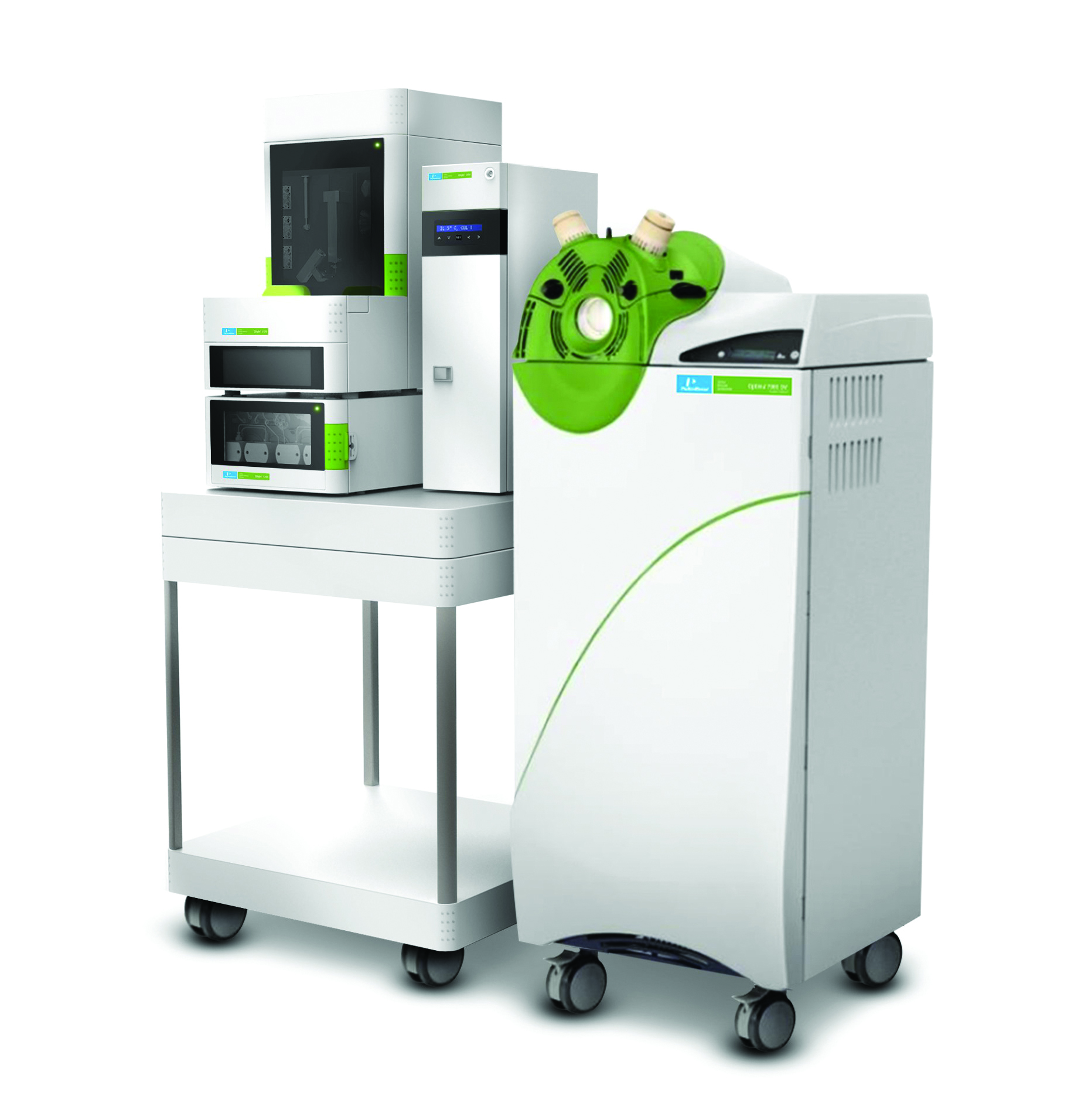 he Perkin Elmer QSight UHPLC-QQQ Liquid Chromatography-Mass Spectrometer/Mass Spectrometer LC-MS/MS
he Perkin Elmer QSight UHPLC-QQQ Liquid Chromatography-Mass Spectrometer/Mass Spectrometer LC-MS/MS
Liquid chromatography essentially does the same as the gas chromatography but with non-volatile organic compounds. Two mass spectrometers, coupled together in sequence, offer increased sensitivity and more structural information on the organic compound. The GC-MS with headspace/liquid autosampler and the LC-MS/MS together, offer a wide range of organic analysis in water samples and other matrices.
The Seal Analytical Discrete Analyser AQ400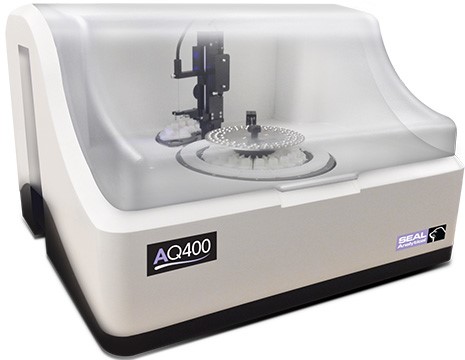
This is a rapid throughput, automated colorimetric instrument that employs colour intensity as a means of measuring the concentrations of compounds in water. By application of pH correction and the addition of various chemicals, a colour is formed selective to the analyte of interest in water samples, that is then measured for intensity at a specific wavelength. Typically, this instrument is used for measuring the concentrations of ammonium, phosphate, alkalinity and nitrate/nitrite.
The Shimadzu TOC/TN analyser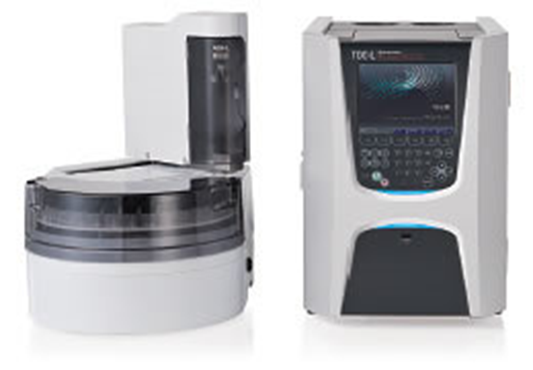
The TOC/TN analyser evaporates and combusts samples, measuring the Total Organic Carbon by a non-dispersive Infrared detector (NDIR). With the addition of the TN unit, the analysis of total nitrogen is also included. The TOC/TN analyser is a rapid screening technique for organic carbon and nitrogen in water samples.
The Dionex Aquion (Ion Chromatography) 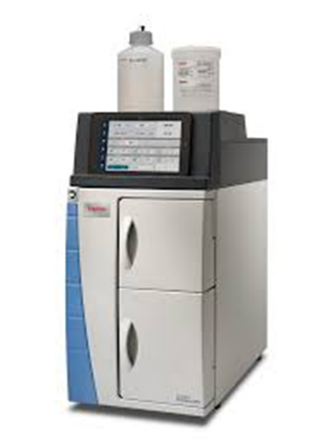
This instrument employs chromatography to separate and quantify inorganic anions such as the halides, sulphate and nitrate. The anions are separated on an ion-exchange column and are quantified by conductivity. Individual anions are identified by their respective retention times on the column and the conductivity is proportional to the concentration of the anions present.
Investment in the above equipment expands James Hutton Limited’s water analysis capabilities as a partner lab in the Water Test Network and complements an already diverse range of analytical capabilities. Methods will either be accredited to ISO 17025 or run in accordance with internal quality management systems. Advanced analytical techniques are also available if required. Take a look at some of James Hutton Limited’s other analytical services, here.
